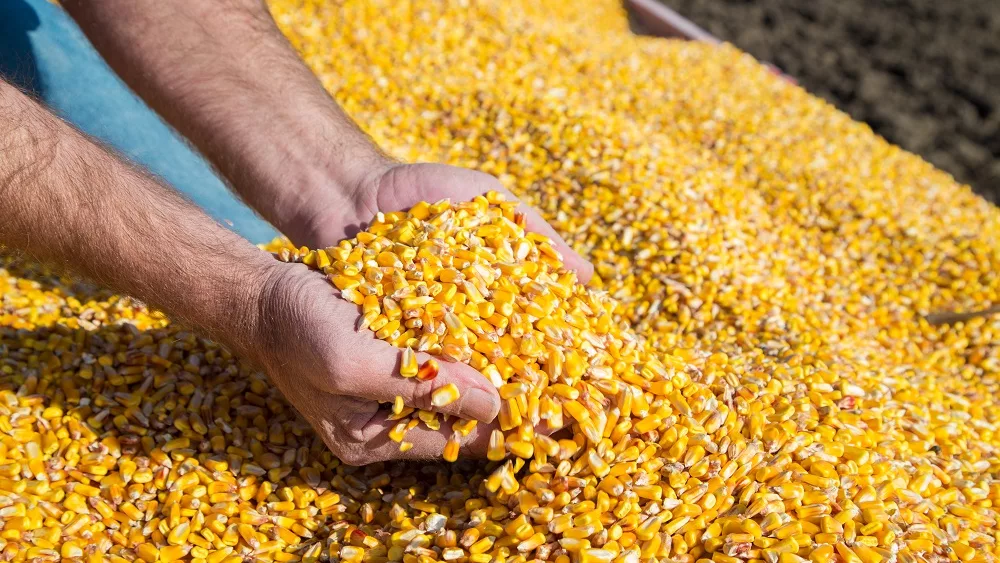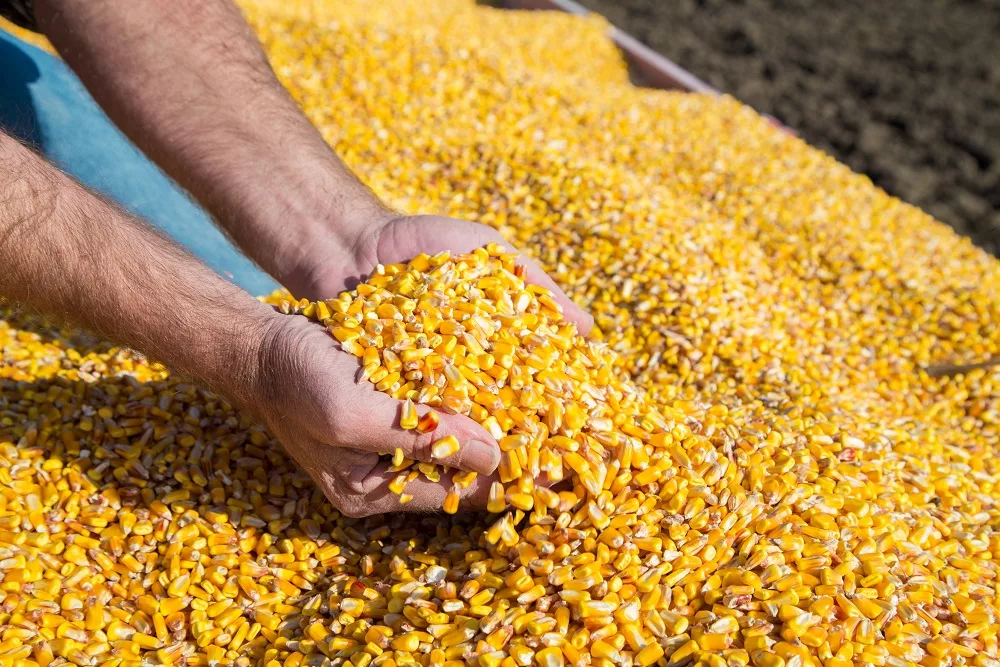Corn growers were responsible for a $151 billion boost to the U.S. economy in 2023, according to a new report released this week by the National Corn Growers Association (NCGA).
The report, entitled NCGA Economic Contribution Study for 2023, looked at a number of ways in which corn growers shaped the economy, including economic output, contributions to the gross domestic product, tax revenues, labor income and employment statistics.
“This report highlights the crucial role America’s corn growers play in our nation’s agricultural and economic value chain,” said NCGA Lead Economist Krista Swanson who authored the analysis. “The data show that growers remain deeply rooted in rural America where they serve as pillars of economic growth. They work to foster technological innovation, expand commercial opportunities, advance free trade, build the bioeconomy, and feed a hungry world.”
In 2023 U.S. corn farmers produced 15.3 billion bushels of corn, valued at $73.9 billion, across 289,382 farms dedicated to growing corn for grain, according to the report.
Corn grower production directly contributed $20.7 billion to the gross domestic product and provided $12 billion in labor wages and benefits.
The economic impact of corn farming extended across 524 different industry sectors in all 50 states, reinforcing its broad influence on the national economy.
The report comes as corn prices have dropped and corn growers face many challenges, including higher input costs, tariffs and some trade barriers. NCGA leaders say the report should serve as a reminder to policymakers that corn grower contributions are important.
“The data in this report illustrate the critical role farmers play in shaping the U.S. economy,” said Minnesota farmer and NCGA President Harold Wolle. “Yet, we are facing many challenges that need to be addressed by America’s policymakers. Our message to Congress is to act on legislative and regulatory issues, like the farm bill, that will support our work.”
The study relied on IMPLAN, an economic analysis software, to calculate the direct, indirect, and induced impact of corn farming for grain production on the U.S. economy at the state and national level.
Source: National Corn Growers Association






